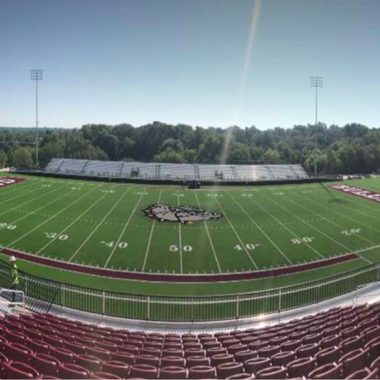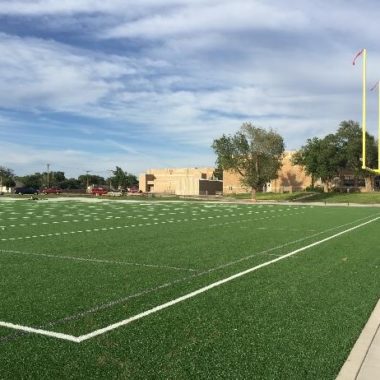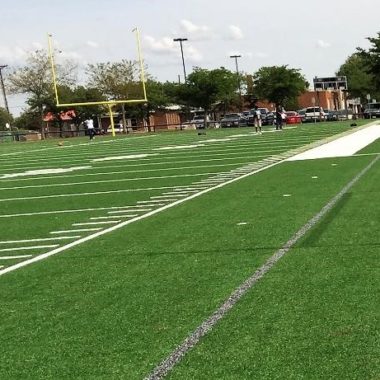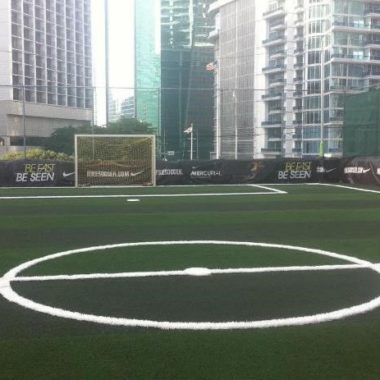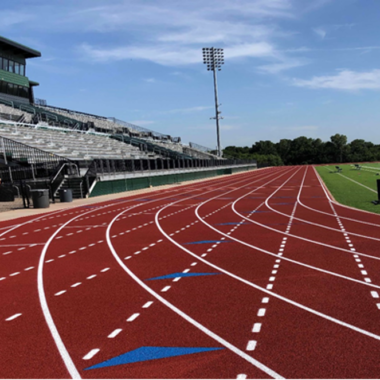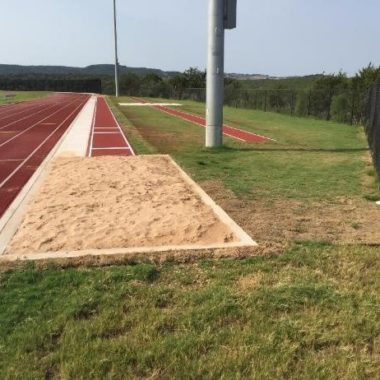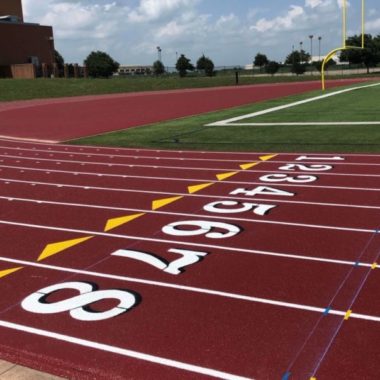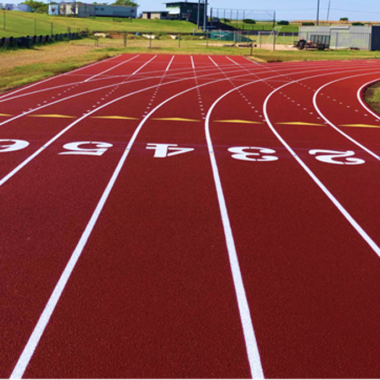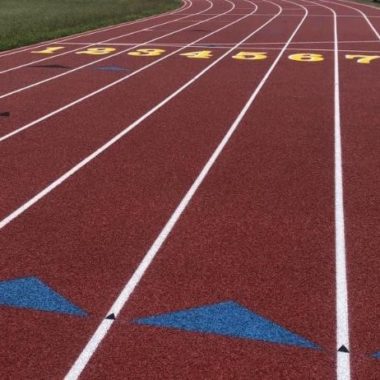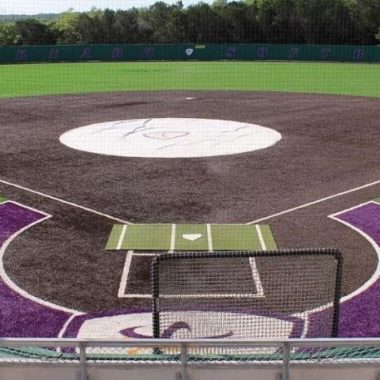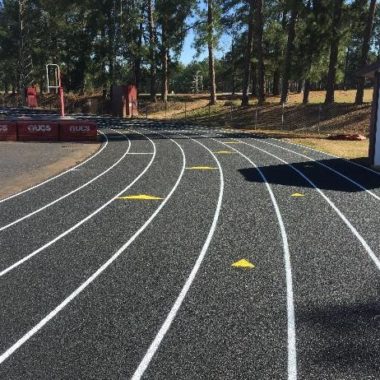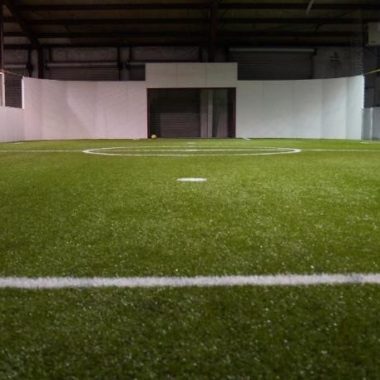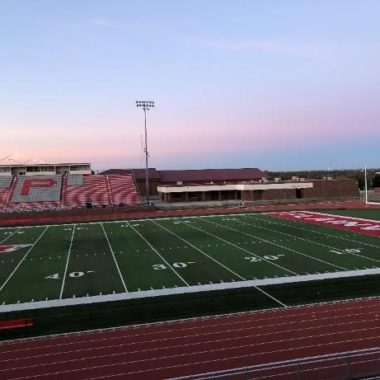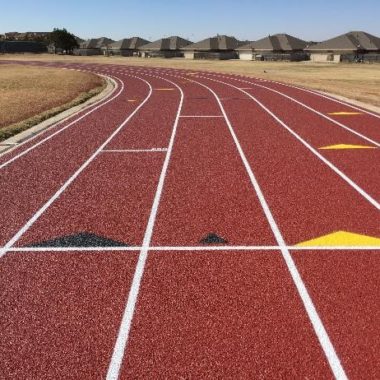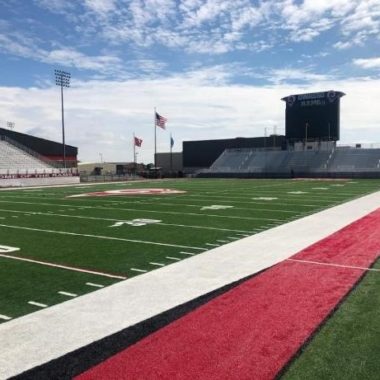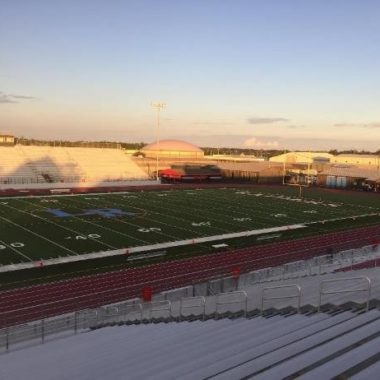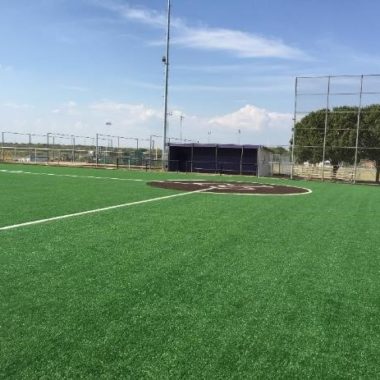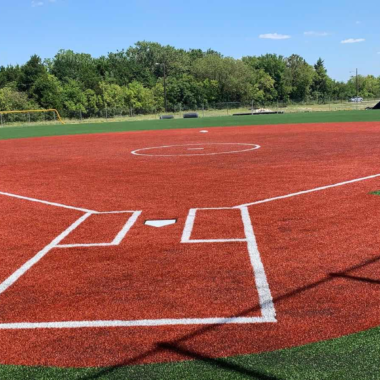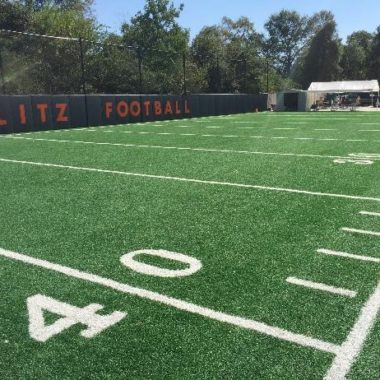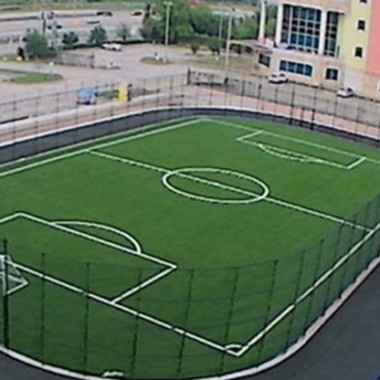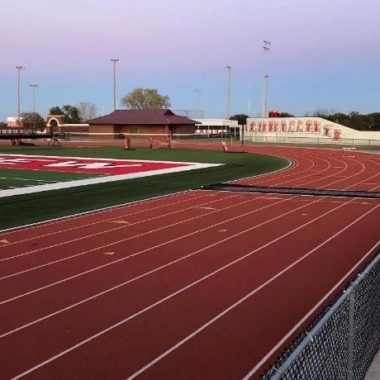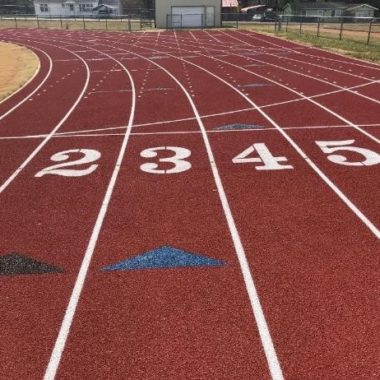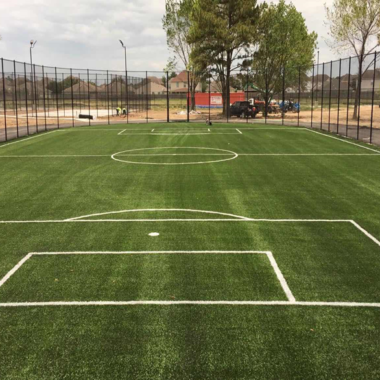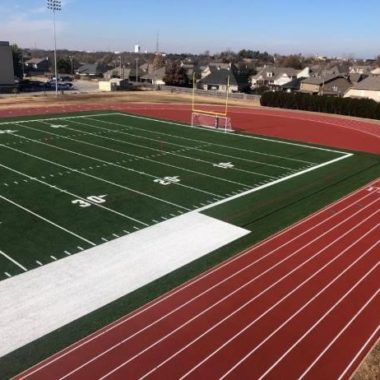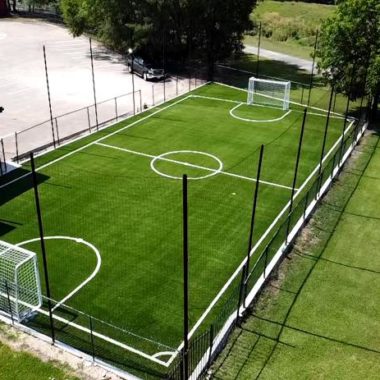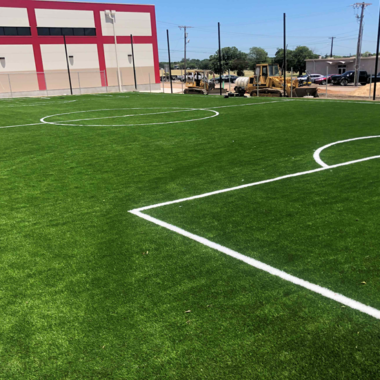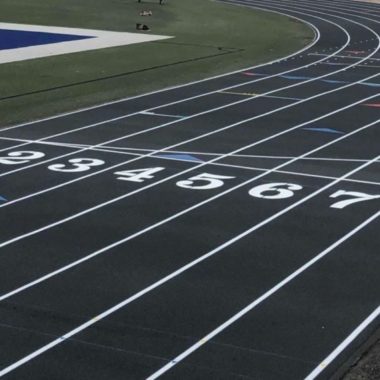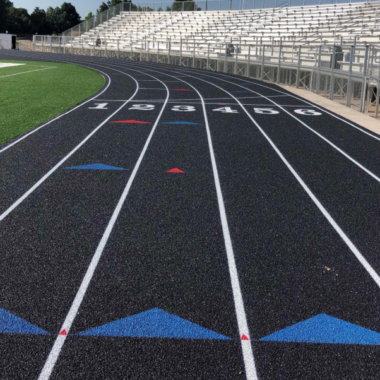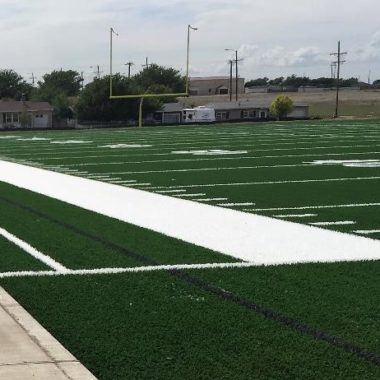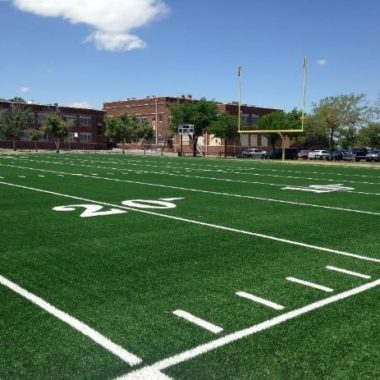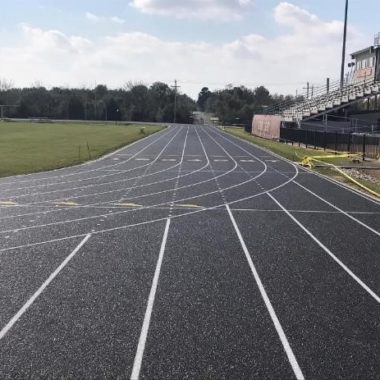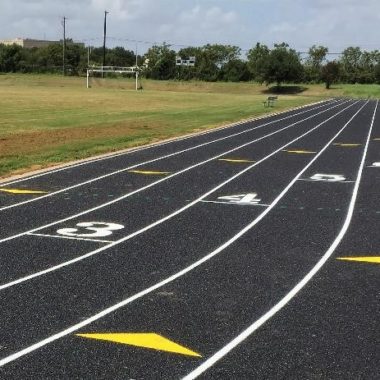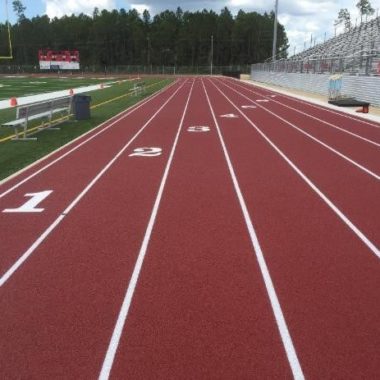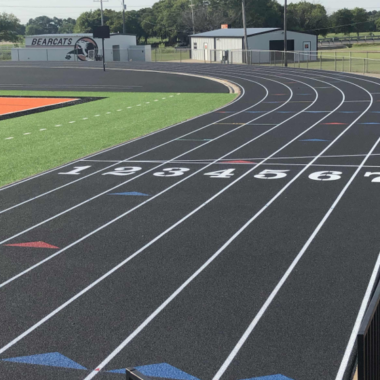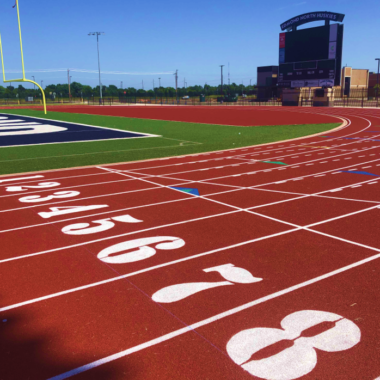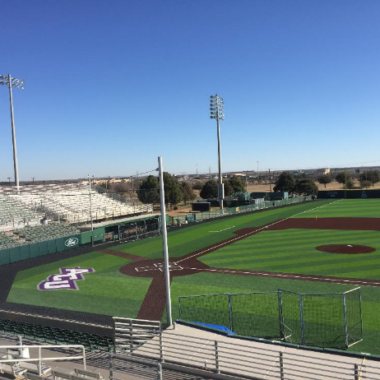What Type of Flooring and Furnishings Are Used In a Baseball Dugout?
For any one person who doesn’t get baseball, there are countless die-hard fans. America’s favorite past time has 15.9 million participants—and that’s not including those millions in the stands.
Starting as young as six years old, youth baseball is a child’s initiation into a unique culture. Growing up with baseball prompts a forever passion—one that’s shared by the nation.
Many things make baseball its own artform—one being the baseball dugout. Considered a holding space for players, it’s hard to know the role of a dugout until you’ve lived the game.
While anyone would think the field’s where it all happens, the game starts in the dugout.
Here’s how to make your baseball dugout the key to yourteam’s success.
Baseball Dugout Duties
Any baseball player knows that being in season means three things: 1) your team’s your family, 2) training is your job, and 3) the dugout is your home. As is true for having a house or business, there’s a direct connection between a clean, happy dugout and a winning team.
Having a poor baseball dugout design can change the whole team’s focus. Few people realize there’s a strategy behind a dugout’s simplicity—this small, minimalistic, sheltered space is what makes for an active game.
There’s nothing like starting a game day with a clean dugout. The space itself screams a win. Proper baseball dugouts are part of the pre-game meditation.
Here’s how not tending to your dugout can impact your game.
Clutter Is Distraction
Of all games, baseball is the mind game. Just like there’s nothing better than starting fresh with a clean dugout, there’s nothing worse than remembering yesterday’s loss with a leftover mess.
Baseball is also a game of character. Packing up after each game ensures a new start tomorrow. Set yourself up for success with clutter-free dugouts.
Drab Dugouts Set the Tone
While some teams do well as underdogs, everyone’s worthy of a pristine baseball dugout. It levels the playing field—giving everyone a chance to start off on the right foot.
Having top equipment boosts team ego. This can include:
- Dugout bat racks
- Dugout helmet racks
- Designated cubbies for water, gloves, mitts, and balls
- Designated hooks for bat bags
Properly segmenting dugout space speaks volumes to other teams as well. It’s professional. It keeps everyone organized, excited, and focused.
A team’s success is backed by its systems. Dugouts house winners.
Beat-Up Floors Are Safety Hazards
If a dugout’s not constructed well, a player can only perform so well. Having ripped up floors, unlevel surfaces, and annoying rubber rips are frustrating for any cleat-wearer.
Baseball hosts its own dangers on the field. Dugouts shouldn’t be a hazard off of it.
Baseball Dugout Design
The last thing a baseball team should worry about in training is its dugout. Worries about budgets and equipment can make playing well that much harder. Having the right dugout design can ease everyone’s minds.
Dugout Benches
There are two places for baseball players to stay in the dugout: up on their feet or down on the bench. For a notoriously long game, benches need smart material. They can be made from:
- Wood
- Aluminum
- Thermoplastic
- Recycled plastics
- Rubber
The following things can help you find the right bench.
- What’s the most comfortable?
- What would you want to spend the most time sitting on?
- What’s weather-resistant?
- While some youth parks have aluminum benches, baseball is one of the most affected sports when it comes to lightning. Weather plays a major component in choosing proper dugout equipment.
- What’s stain-resistant and low-maintenance?
- Baseball is a dirty sport. The goal’s not to prevent dirt, but to limit the amount of clean-up for teams, coaches, and groundskeepers on the backend. What makes it easiest to focus on the game alone?
- What’s the right color, texture, and aesthetic?
- Just like uniform colors hold a certain message, dugout layouts communicate something. Choosing the right material means being cohesive with the rest of the space. For example, wood benches may work best for vintage, historic fields whereas thermoplastic is nice for newly constructed dugouts.
Dugouts are homes to baseball games, double and triple headers, all-day, and weekend-long tournaments. For an already-physical demanding sport, having the right bench to sit on is a smart investment.
Dugout Flooring
Finding the right flooring for baseball dugouts is like choosing a bat or cleats. Cleats can be rubber or metal. Bats can be rubber, metal, cork, or wood.
Dugout floors have options, too. They can be:
- Rubber
- Plastic
- Concrete
- Made from recycled materials
Choosing a strong floor foundation makes sense when housing a strong team. Consider the following:
- What will last the longest?
- What’s cleat-conducive?
- What looks best?
As is true for many things, appearances are everything. Part of putting your game face on means looking the part—talking the talk, and walking the walk.
Which dugout floors will let you walk your best walk?
Dugout Considerations
Your dugout floors and furnishings depend on several things. Answering these questions can help.
- Who uses this field? One team or a hundred teams?
- Is it a school field or a public field?
- What level of players use it? Youth, adult leagues, professionals?
- How frequently will the fields be maintained?
- What does this dugout represent? A school? A community? A history?
Knowing your dugout’s message can inform custom or conventional designs. A high school team dugout may have paint and logos, whereas an old, public, historic park may depend on the town’s requests.
Dream Dugouts
There’s no way to start a game unhopeful when equipped with a smart baseball dugout. Dugouts house motivational speeches, warm-ups, epic pre-and-post-game talks, practices, tournaments, and unmatched team bonding.
It’s where lifelong memories happen.
Baseball dugouts are the secret world that all players know about and all fans appreciate. It’s true that you play how you practice, so you must practice how you play. Having the right dugout to practice in makes way for game day.
Contact us today to make your dugout dreams come true!


